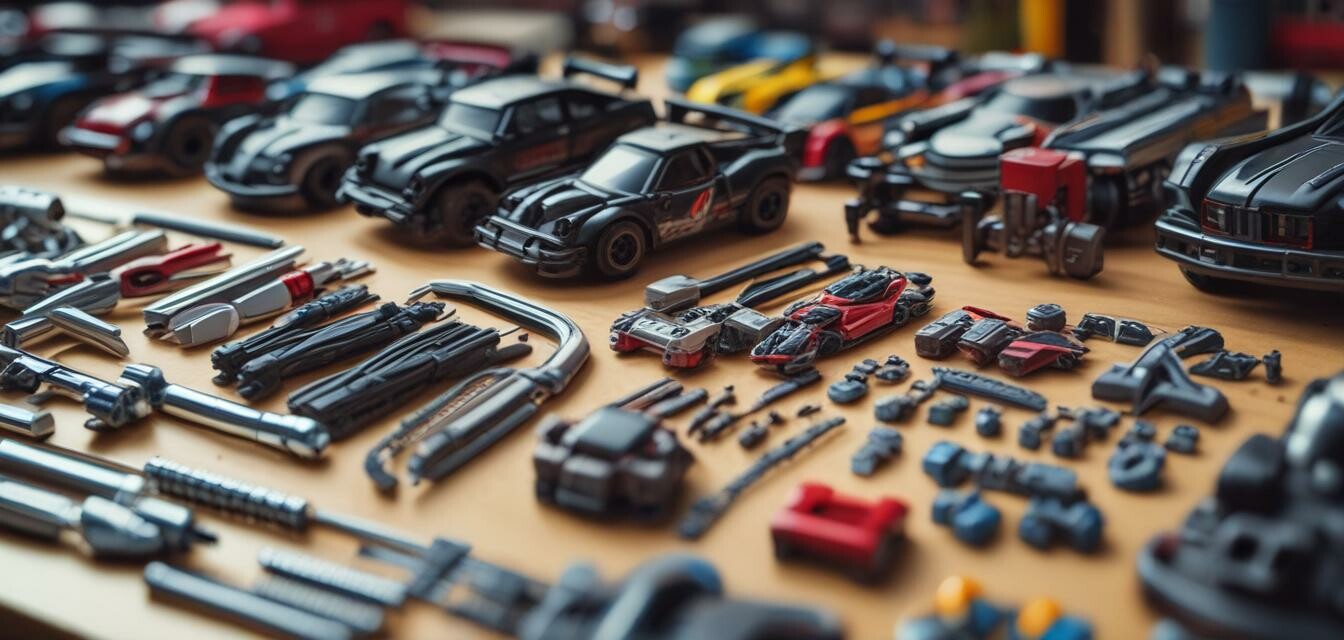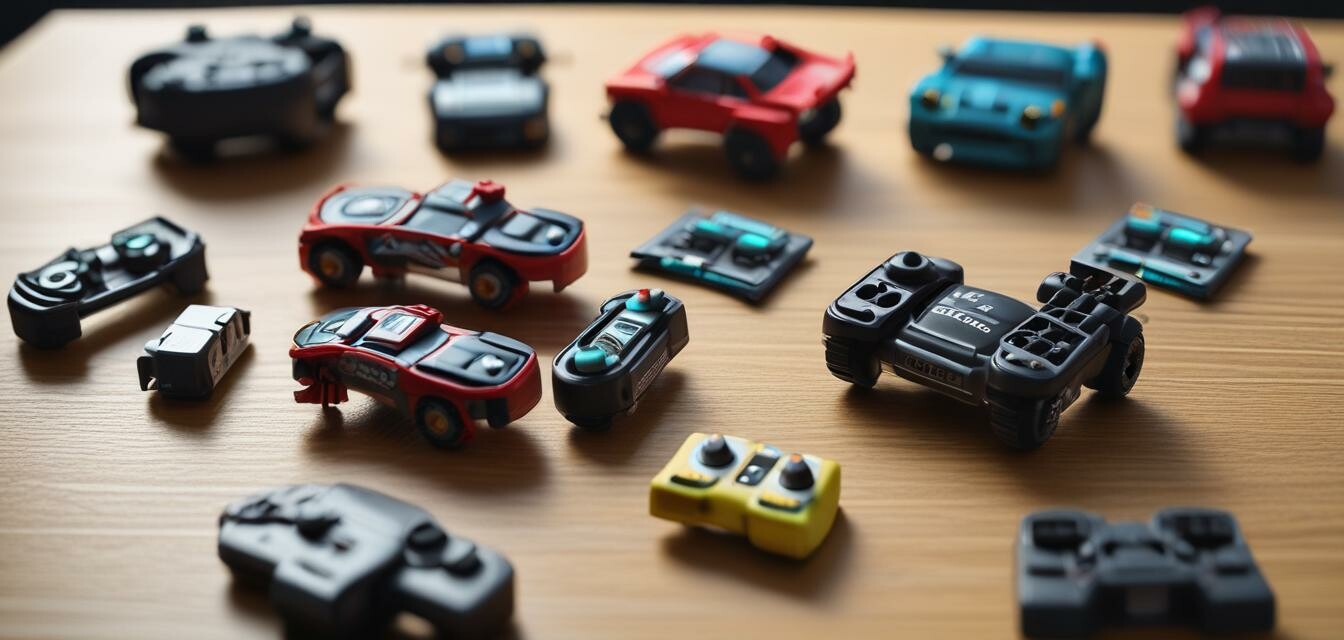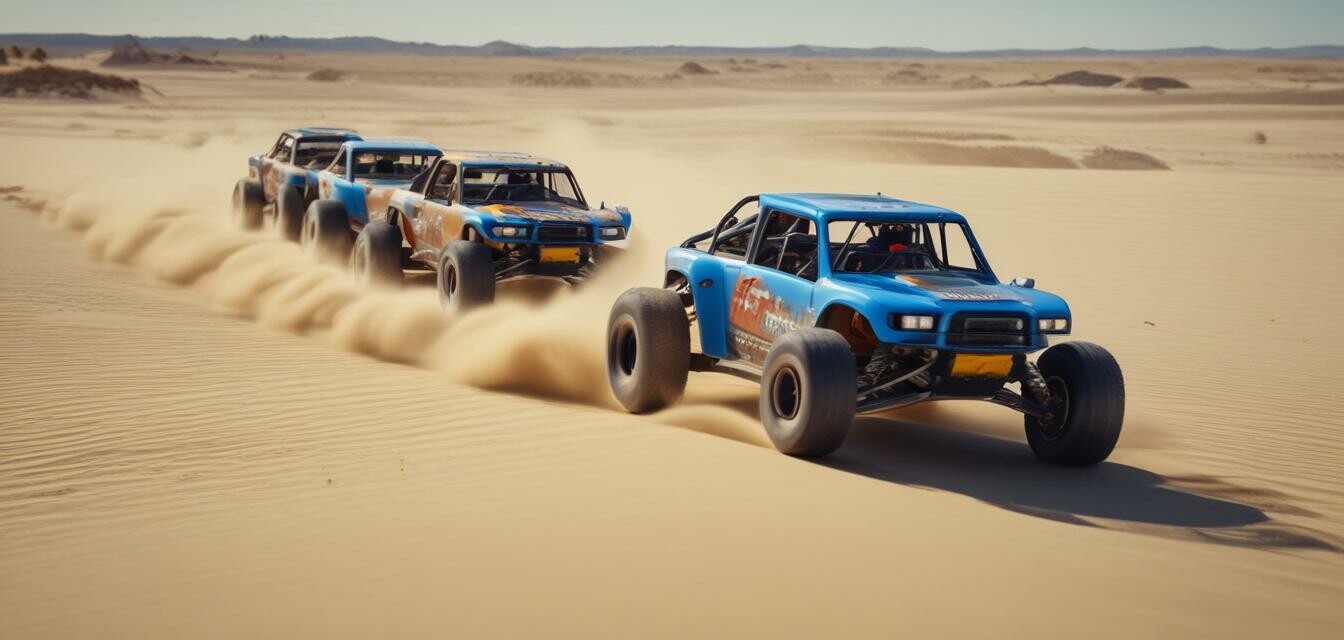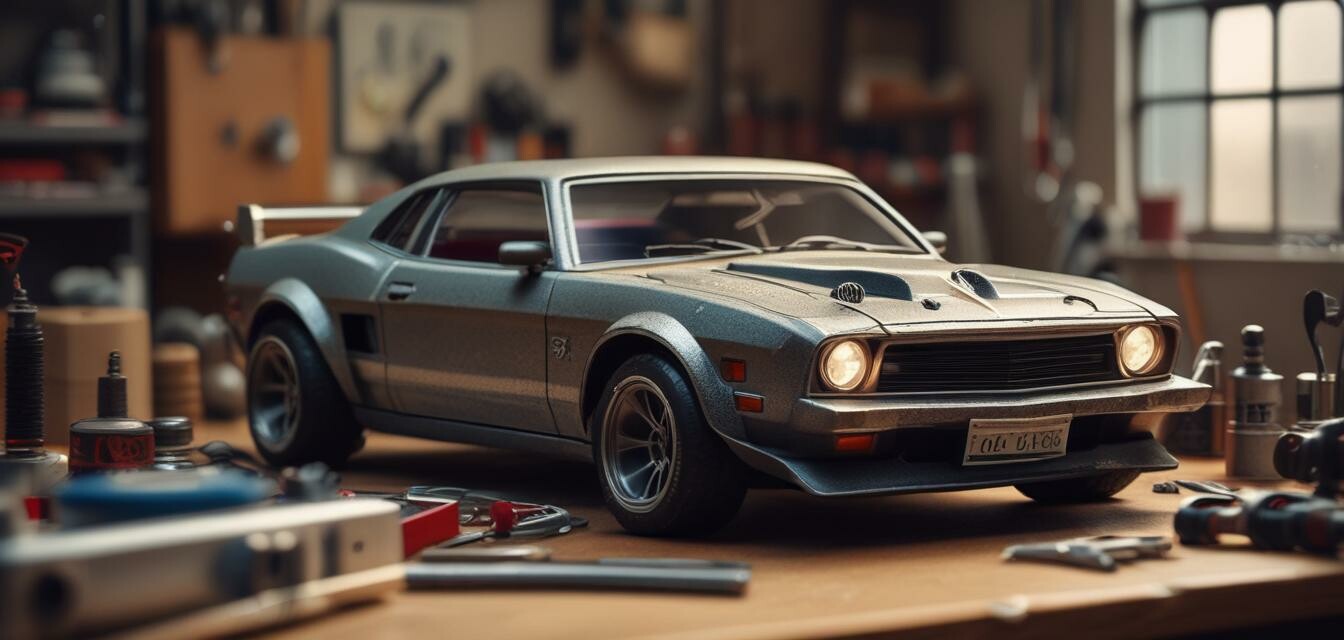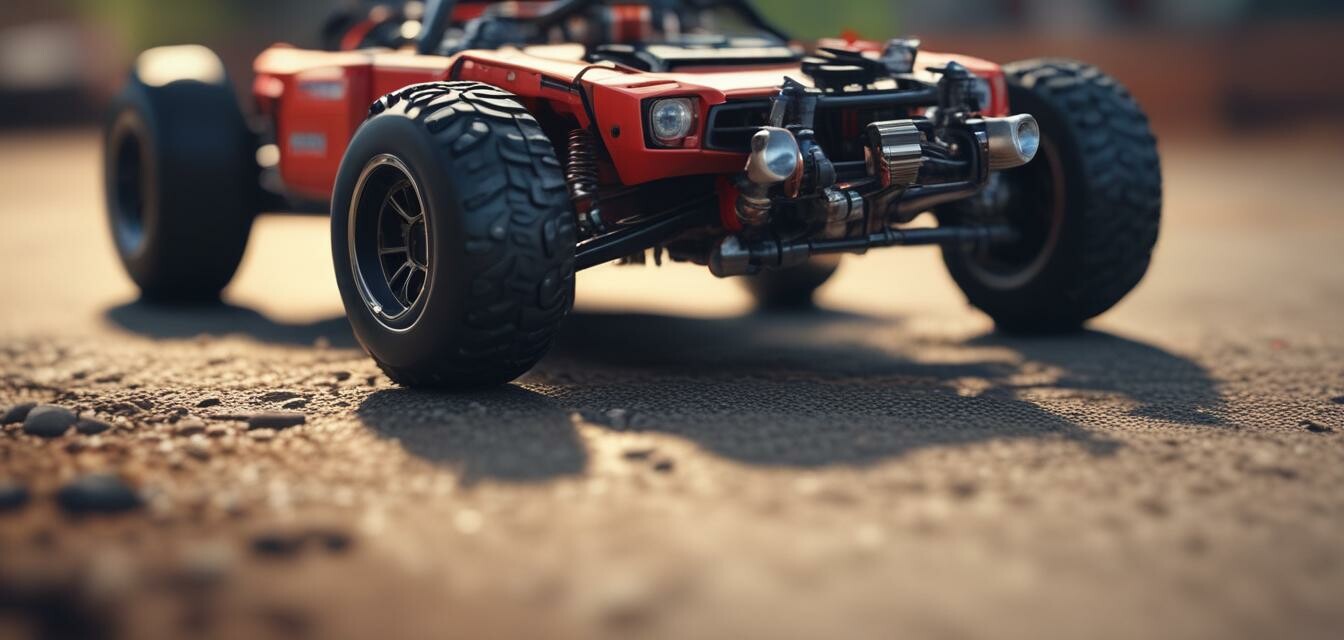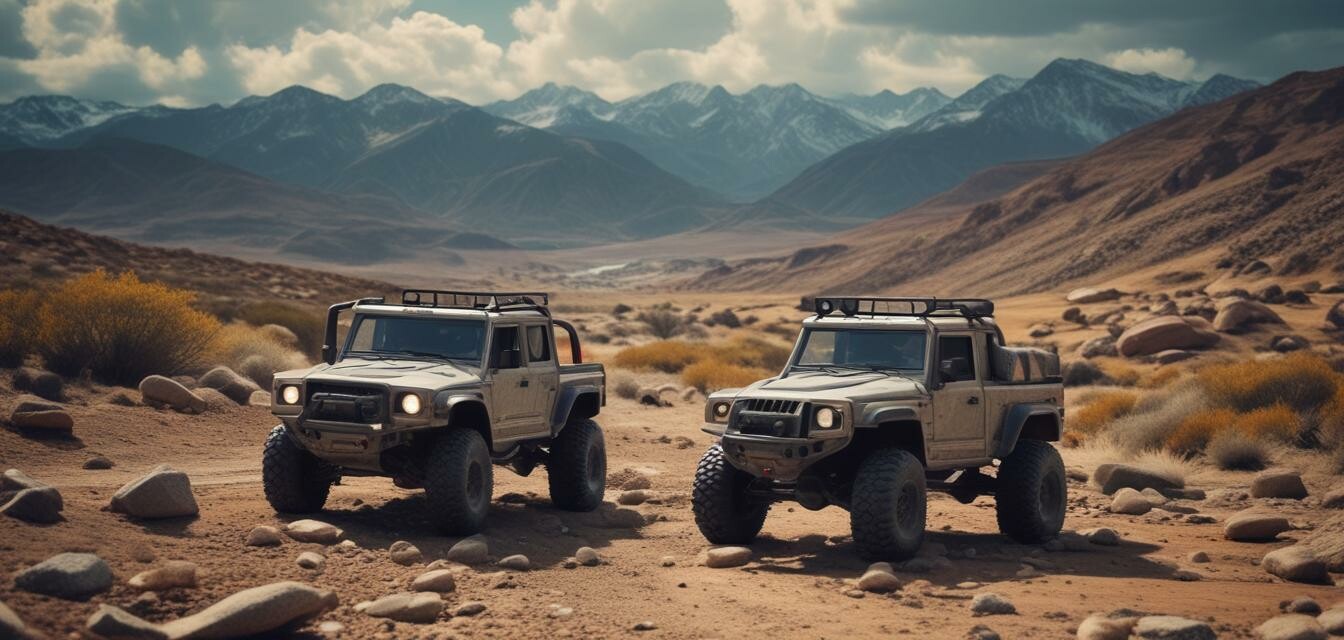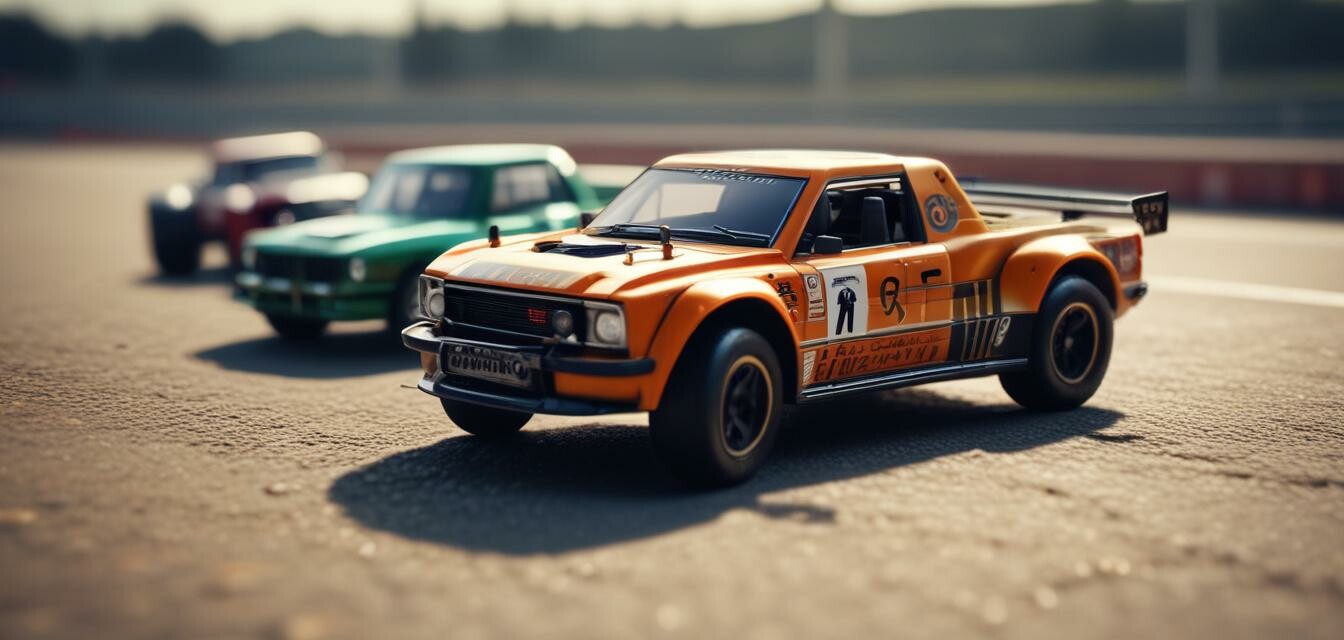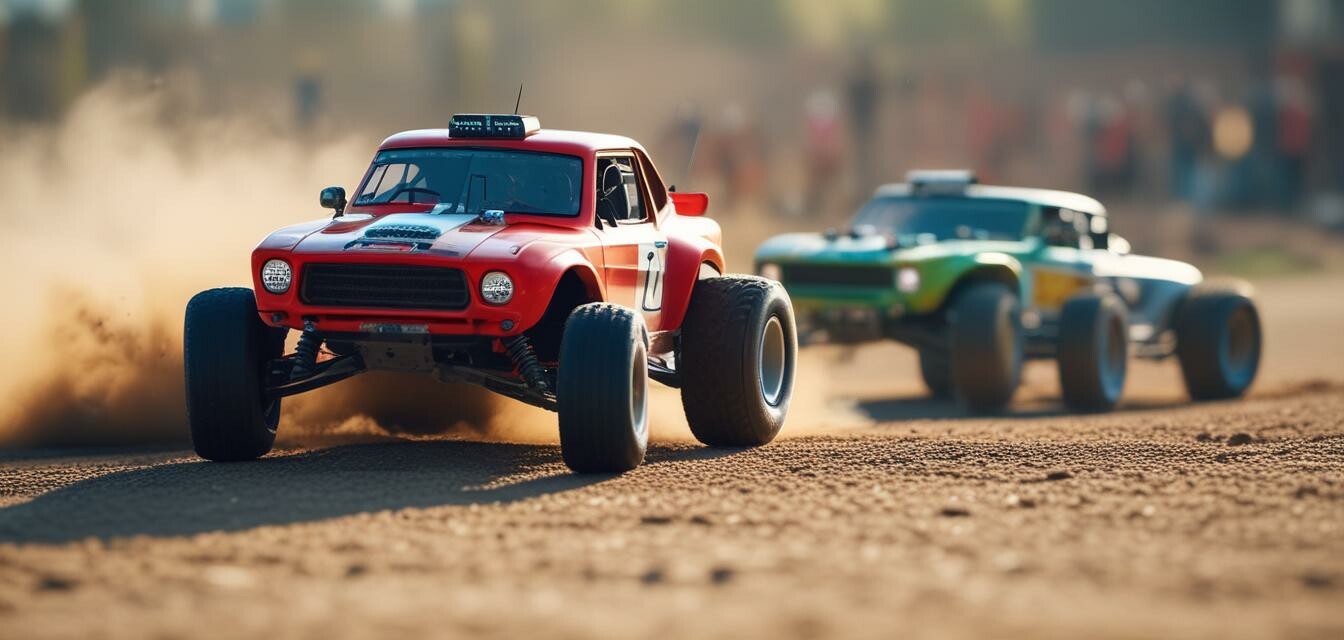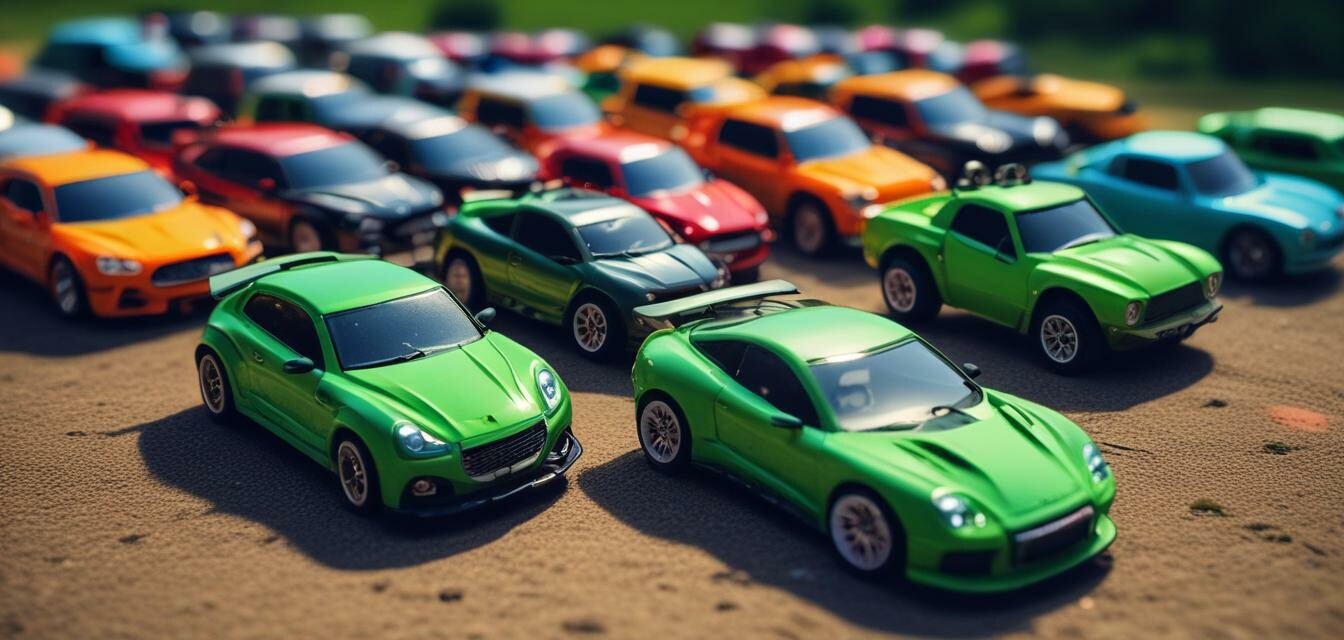
RC Car Basics
Welcome to our comprehensive guide on RC (Remote Control) cars and trucks! Whether you are a seasoned enthusiast or a newbie in the RC world, understanding the fundamentals is essential. In this article, we will cover the various types of RC vehicles, their scales, key components, and much more to help you get started on your journey.
Key Takeaways
- RC cars come in various types: electric buggies, monster trucks, rock crawlers, and more.
- The scale of an RC vehicle defines its size and performance potential.
- Familiarity with key components helps in maintenance and customization.
- Choose the right category based on your interests, whether it be off-road racing or technical rock crawling.
Types of RC Cars and Trucks
The RC world is diverse, and understanding the types of vehicles available is crucial. Here’s an overview:
| Type | Description | Best for |
|---|---|---|
| Electric Buggies | Fast, lightweight cars designed for racing on various terrains. | Speed enthusiasts and racers. |
| Monster Trucks | Large vehicles that can crush obstacles and perform stunts. | Stunt lovers and off-road enthusiasts. |
| Off-Road Trucks | Durable trucks designed for rugged landscapes. | Adventure seekers and trail explorers. |
| Rock Crawlers | Specialized vehicles built for climbing steep and rocky terrains. | Technical challenges and rock climbing events. |
| Sand Racers | RC vehicles optimized for racing on sand and loose surfaces. | Sand dune racers and outdoor enthusiasts. |
| Scale Racers | Realistic models of full-sized vehicles, designed for enjoyment and display. | Model collectors and scale enthusiasts. |
Understanding Scales in RC Cars
RC car scales indicate their sizes and are crucial in choosing the right vehicle:
- 1/10 Scale: One of the most popular sizes, suitable for versatility in racing and off-road activities.
- 1/8 Scale: Generally larger and often used in competitive off-road racing.
- 1/12 Scale: Smaller vehicles designed for basic racing and casual use.
- 1/16 and 1/18 Scale: Compact and portable, perfect for indoor racing and smaller spaces.
Key Components of RC Cars
Understanding the components is essential for maintenance and upgrades:
| Component | Description |
|---|---|
| Transmitter | The handheld controller used to operate the vehicle. |
| Receiver | A device in the car that receives signals from the transmitter. |
| Motor | Provides the necessary power for the vehicle's movement. |
| Batteries | Power source for electric vehicles, available in various types (LiPo, NiMH). |
| Chassis | The vehicle's frame, which holds all components together. |
| Wheels | Determines the vehicle's traction and performance on different terrains. |
Choosing the Right RC Vehicle for You
When selecting an RC vehicle, consider the following factors:
- Intent: Are you looking for racing, off-roading, or collecting?
- Budget: Set a budget considering the vehicle and its parts.
- Skill Level: Choose a model appropriate for your skill level, from beginners to advanced racers.
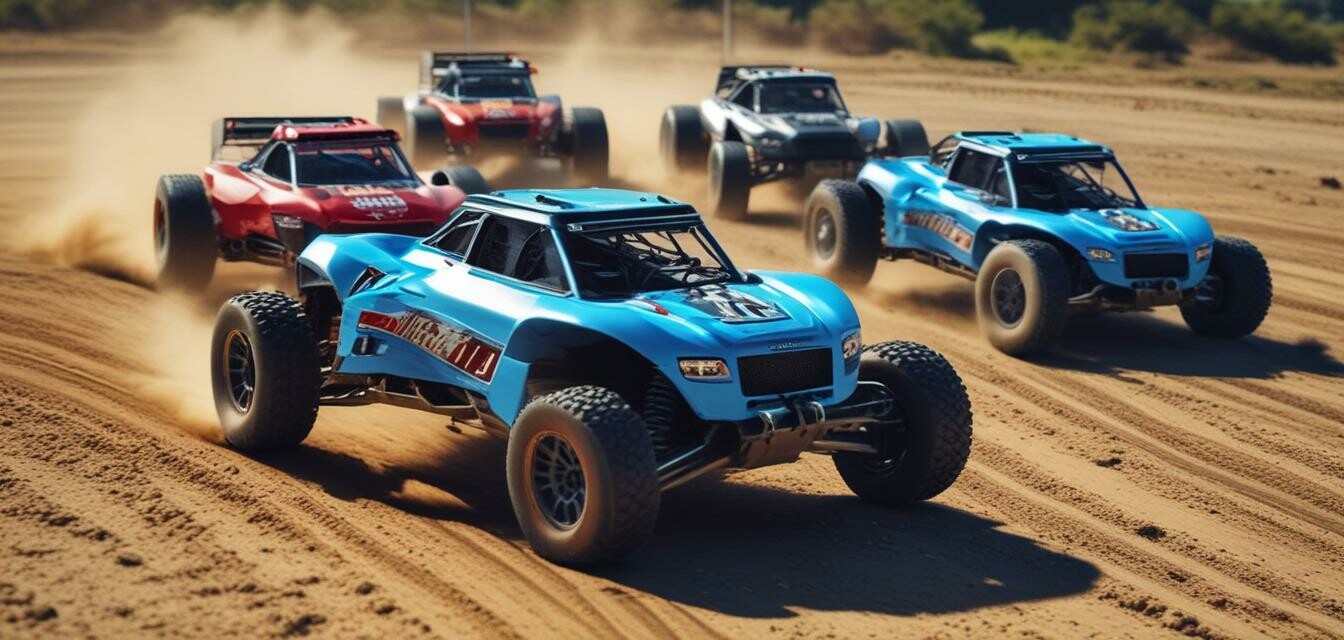
Aftercare and Maintenance
Proper maintenance is key to ensuring your RC vehicle's longevity. Here are some tips to keep your car in top shape:
Tips for Beginners
- Regularly clean your vehicle to remove dirt and debris.
- Check battery health and replace when necessary.
- Inspect tires for wear and replace if needed.
- Learn basic troubleshooting to fix minor issues quickly.
- Join an RC community for support and tips from other enthusiasts.
Conclusion
Understanding the basics of RC cars and trucks is essential for an enjoyable experience. Whether you want to race, explore, or simply enjoy the thrill of remote control, the right knowledge will guide you in making informed choices. Explore our wide range of categories like Electric Buggies, Monster Trucks, and more to find the right fit for your interests!
Pros
- Variety of types and scales to fit different preferences.
- Encourages outdoor activities and hobbies.
- Engaging and offers a sense of community.
- Customizable components enhance performance.
Cons
- Initial investment can be high.
- Requires regular maintenance.
- Can take time to learn for beginners.
- Continuous cost for parts and accessories.
